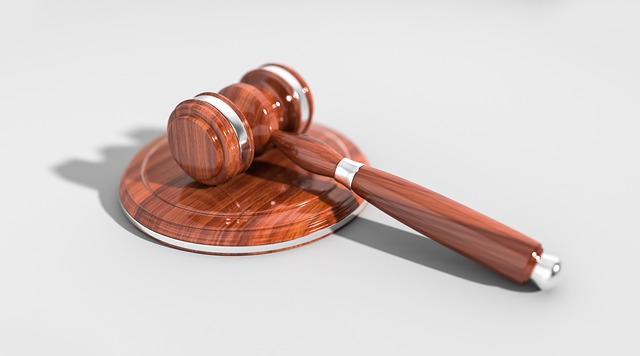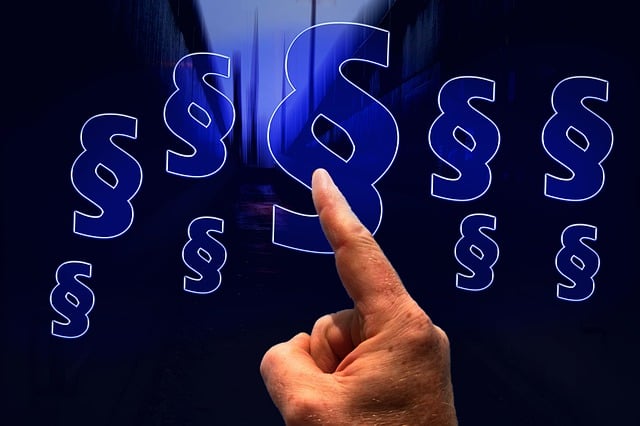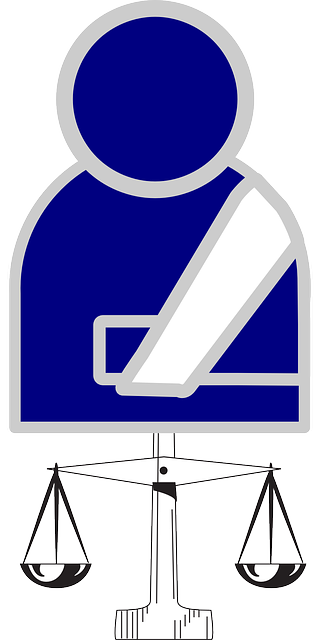Motorcycle collision lawyer fees differ from traditional hourly rates, instead operating on a contingency basis where attorneys are compensated as a percentage (25%–40%) of the settlement or judgment. This model supports victims by eliminating upfront costs and allowing them to focus on recovery while lawyers handle legal aspects like negotiations and court cases. Specialized motorcycle collision lawyers offer expert care tailored to clients' unique needs, with key factors influencing fee structures including case complexity, severity, resolution time, and attorney experience. Open communication about these fee models is crucial for ethical and fair representation in personal injury claims.
Understanding Motorcycle Collision Lawyer Fees and Payments is crucial for any rider involved in an accident. This comprehensive guide breaks down the intricate world of legal finances, ensuring you make informed decisions. We explore how motorcycle collision lawyer fees are structured, from contingent fees to hourly rates, factoring in elements that influence these structures.
We also delve into payment options, comparing upfront payments, retainers, and contingency fees, guiding you in selecting the best plan for your situation. Additionally, we clarify costs versus expenses in motorcycle collision lawsuits, helping you budget for expert witnesses, court filing fees, and more.
- How Motorcycle Collision Lawyer Fees Are Structured
- – Overview of contingent fees and hourly rates
- – What factors influence lawyer fee structures?
How Motorcycle Collision Lawyer Fees Are Structured
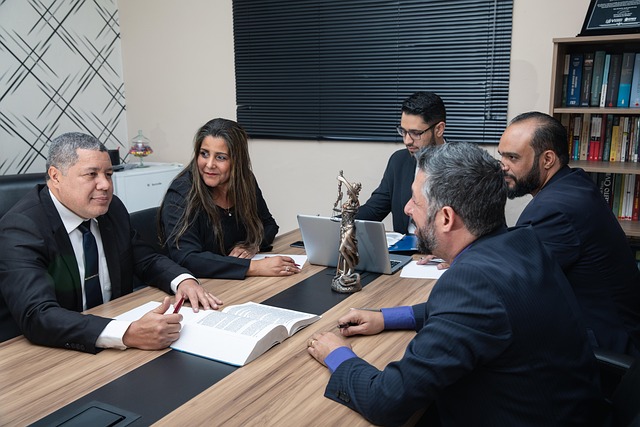
Motorcycle collision lawyer fees are typically structured on a contingency basis. This means that clients don’t pay any upfront or hourly fees. Instead, the attorney’s compensation is tied to the outcome of the case. Usually, the lawyer takes a percentage of the settlement or judgment awarded to the client. This percentage can vary but commonly ranges from 25% to 40%.
Understanding this fee structure is crucial for motorcycle accident victims who are often dealing with physical injuries and financial strain. It allows them to focus on their recovery while the lawyer handles the legal aspects of the case, including negotiating with insurance companies or taking the matter to court if necessary. Unlike other types of lawyers like car accident lawyer or elder law specialists, motorcycle collision lawyers primarily focus on personal injury cases arising from motorcycle accidents, ensuring a specialized approach to their clients’ needs.
– Overview of contingent fees and hourly rates

When it comes to understanding motorcycle collision lawyer fees, two primary models dominate the industry: contingent fees and hourly rates. Contingent fees are prevalent in personal injury cases, including motorcycle accidents. Under this arrangement, the motorcycle collision lawyer does not charge a fee unless they successfully resolve your case through settlement or verdict. The fee is typically a percentage of the final award, often ranging from 25% to 40%. This model offers peace of mind for clients who may be unable to afford upfront legal costs.
In contrast, hourly rates represent another common approach to legal representation. Lawyers charge clients by the hour worked on their case. This can vary widely depending on the lawyer’s experience and expertise. While this method provides greater transparency regarding costs, it may also lead to higher expenses for clients over time. It’s crucial for individuals considering legal action after a motorcycle collision to understand these fee structures and discuss them openly with prospective attorneys to ensure they’re receiving fair and ethical legal representation.
– What factors influence lawyer fee structures?
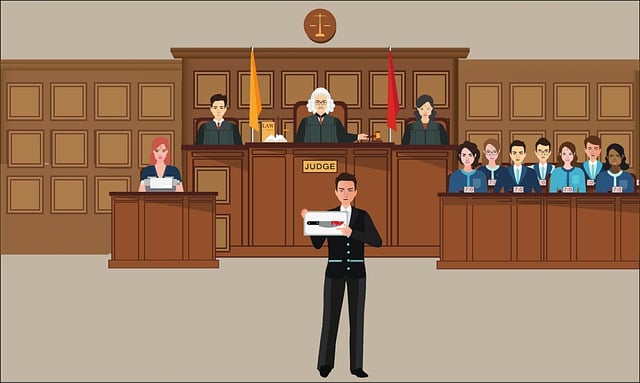
When it comes to understanding motorcycle collision lawyer fees, several factors play a significant role in determining the overall cost structure. These include the complexity and severity of the case, the time required to resolve it, and the attorney’s experience and expertise in handling such cases. For instance, a straightforward personal injury claim resulting from a minor auto accident may have different fee arrangements compared to a complex case involving severe injuries or multiple parties.
Additionally, motorcycle collision lawyers often consider the potential for client recovery when setting their fees. The goal is to secure compensation that not only covers legal costs but also provides fair reimbursement for the client’s losses and suffering. As such, the lawyer’s motivation is to maximize the settlement or verdict, ensuring a personal injury attorney can offer competitive rates while maintaining the highest standards of legal representation.
When considering a motorcycle collision lawyer, understanding their fee structure is crucial. Many attorneys work on a contingent fee basis, meaning they only charge if there’s a successful outcome, often a percentage of the settlement or judgment. Hourly rates are also common, providing clarity for straightforward cases. Factors like case complexity, local legal fees, and potential risks to the attorney can influence these structures. When choosing a lawyer, ensure transparency in their billing practices, allowing you to focus on your recovery while they navigate the legal landscape.
